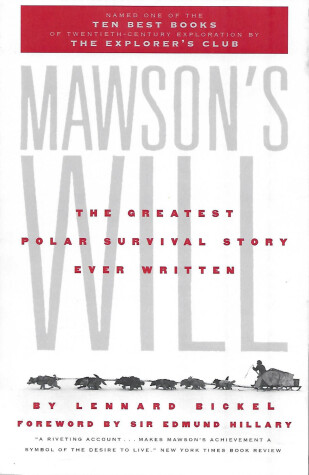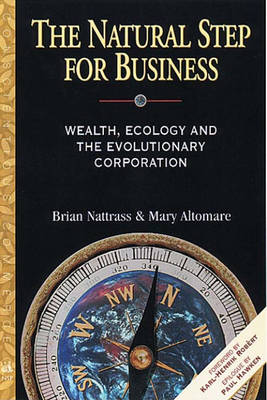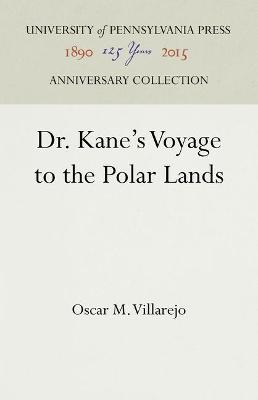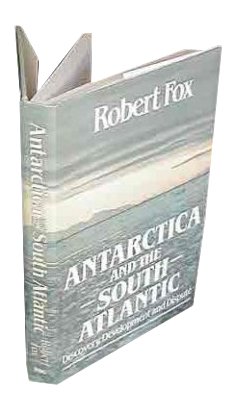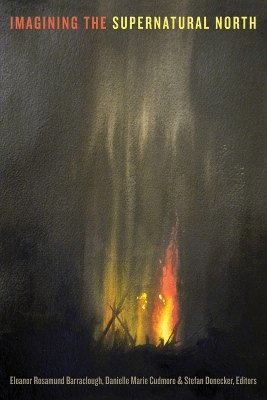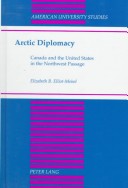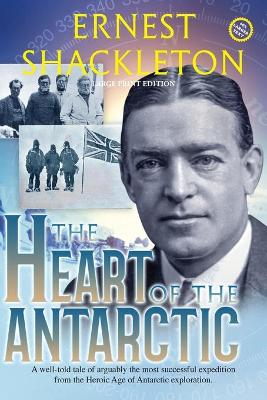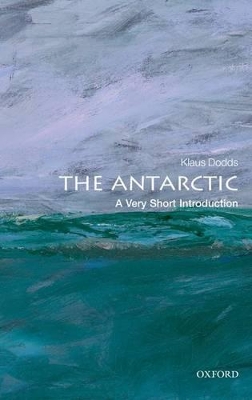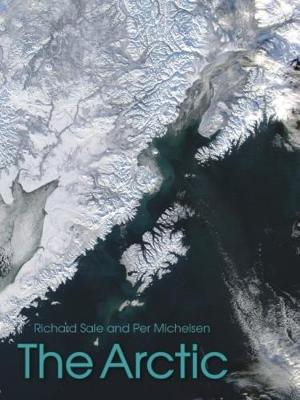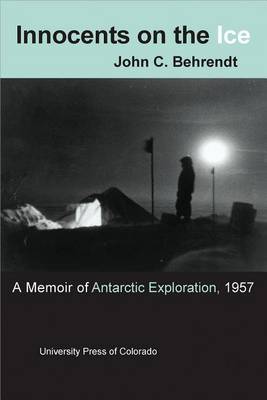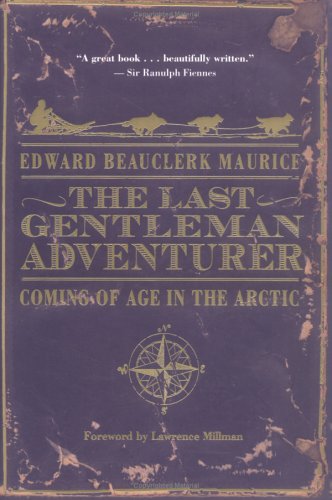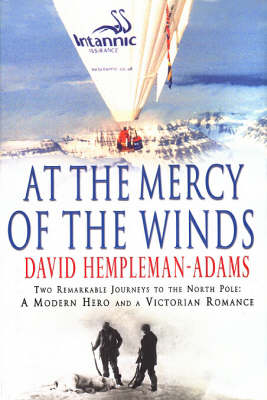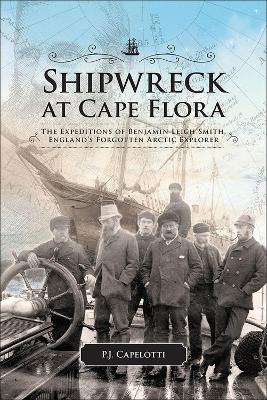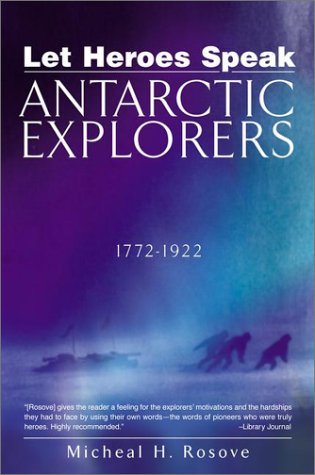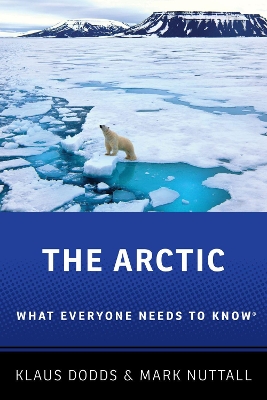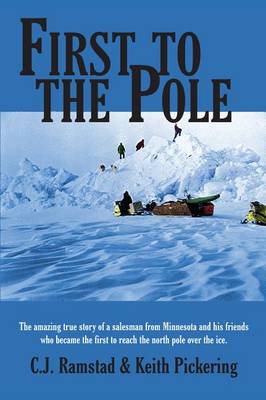The dramatic story of explorer Douglas Mawson and "the most outstanding solo journey ever recorded in Antarctic history" (Sir Edmund Hillary, mountaineer and explorer) For weeks in Antarctica, Douglas Mawson faced some of the most daunting conditions ever known to man: blistering wind, snow, and cold; the loss of his companion, dogs, supplies, and even the skin on his hands and feet. But despite constant thirst, starvation, disease, and snow blindness—he survived. Sir Douglas Mawson is rememb...
In this title, an acclaimed historian tells the tale of Henry Hudson's doomed final voyage in search of sea passage across the New World on its 400th anniversary. Henry C. Hudson - English mariner, storied explorer, and eponymous navigator of the Hudson River - throughout the final years of his life had a single obsession: The Northwest Passage. Finding a water route through America to East Asia was foremost on the minds of many explorers of the 17th Century, but no explorer of that era had the...
Antarctica and the South Atlantic Discovery, Development and Dispute
by Professor Robert Fox
A lavish account of pioneering polar photography and modern portraiture, Face to Face brings together in a single volume both rare, unpublished treasures from the historic collections of the Scott Polar Research Institute (SPRI), University of Cambridge, alongside cutting-edge modern imagery from expedition photographer Martin Hartley. The first book to examine the history and role of polar exploration photography, Face to Face is a unique project of unsurpassed quality. Face to Face features t...
“Turning to face north, face the north, we enter our own unconscious. Always, in retrospect, the journey north has the quality of dream.” Margaret Atwood, “True North” In this interdisciplinary collection, sixteen scholars from twelve countries explore the notion of the North as a realm of the supernatural. This region has long been associated with sorcerous inhabitants, mythical tribes, metaphysical forces of good and evil, and a range of supernatural qualities. It was both the sacred abode of...
Buried in Ice (Time Quest S.) (Time Quest Book)
by Owen Beattie and John Geiger
The fifth book in the "Time Quest" series. Each "Time Quest" book focuses on a recent historical discovery. In words and pictures, the explorer, scientist or archaeologist responsible for the discovery describes their achievement and takes the reader back to relive the story behind it. This is the story of how a 140-year-old mystery - that of the fate of the men on Sir John Franklin's expedition to find the Northwest passage in 1845 - was solved. Anthropologist Dr Owen Beattie recounts first-han...
Arctic Diplomacy (American University Studies, #188)
by Elizabeth B Elliot-Meisel
The Heart of the Antarctic (Annotated, Large Print) (Sastrugi Press Classics)
by Ernest Shackleton
The Antarctic: A Very Short Introduction (Very Short Introductions)
by Klaus Dodds
The Antarctic is one the most hostile natural environments in the world. It is an extraordinary physical space, which changes significantly in shape and size with the passing of the seasons. Politically, it is unique as it contains one of the few areas of continental space not claimed by any nation-state. Scientifically, the continental ice sheet has provided us with vital evidence about the Earth's past climate. In this Very Short Introduction, Klaus Dodds provides a modern account of Antarct...
This stunningly beautiful and informative book celebrates the Arctic, one of the last great wildernesses on the planet; a place where animals have survived for thousands of years protected only by fur and feathers. Humans also survive in the Arctic, but only those who have adjusted to the climate over millennia and who clad themselves in the skins of the animals they hunt. For the casual visitor, this is a place where survival for any extended period requires taking advantage of the best that mo...
This is the story of how David Hempleman-Adams undertook a 1600 mile journey to the North Pole by balloon in an open-air wicker basket. He revisits the trip that inspired himan ill-fated Swedish expedition in 1897 that had a doomed love affair at the heart of its tale."
Cold and isolated, yet home to some 4 million people; harsh and unyielding, yet disintegrating with every passing year: the Arctic defies definition. In the modern mind it represents the quintessentially timeless - its landscape imagined both as a realm of crystalline purity and as a frozen kingdom of dread and death. A unique ecosystem that hosts such beloved creatures as the polar bear and the narwhal and serves as the homeland for some of the world's most robust peoples, the Arctic domain has...
When Admiral Richard E. Byrd set out on his second Antarctic expedition in 1934, he was already an international hero for having piloted the first flights over the North and South Poles. His plan for this latest adventure was to spend six months alone near the bottom of the world, gathering weather data and indulging his desire "to taste peace and quiet long enough to know how good they really are." But early on things went terribly wrong. Isolated in the pervasive polar night with no hope of re...
Benjamin Leigh Smith discovered and named dozens of islands in the Arctic but published no account of his pioneering explorations. He refused public accolades and sent stand-ins to deliver the results of his work to scientific societies. Yet, the Royal Geographic Society's Sir Clements R. Markham referred to him as a polar explorer of the first rank. Travelling to the Arctic islands that Leigh Smith explored and crisscrossing England to uncover unpublished journals, diaries, and photographs, ar...
The Arctic (What Everyone Needs To Know (R))
by Klaus Dodds and Mark Nuttall
As the threat of global climate change becomes a reality, many look to the Arctic Ocean to predict coming environmental phenomena. There, the consequences of Earth's warming trend are most immediately observable in the multi-year and perennial ice that has begun to melt, which threatens ice-dependent microorganisms and, eventually, will disrupt all of Arctic life. In The Arctic: What Everyone Needs to Know®, Klaus Dodds and Mark Nuttall offer a concise introduction to the circumpolar North, fo...
Greenland (North Atlantic Studies)
